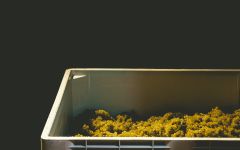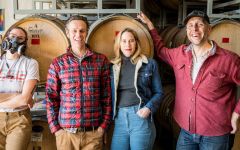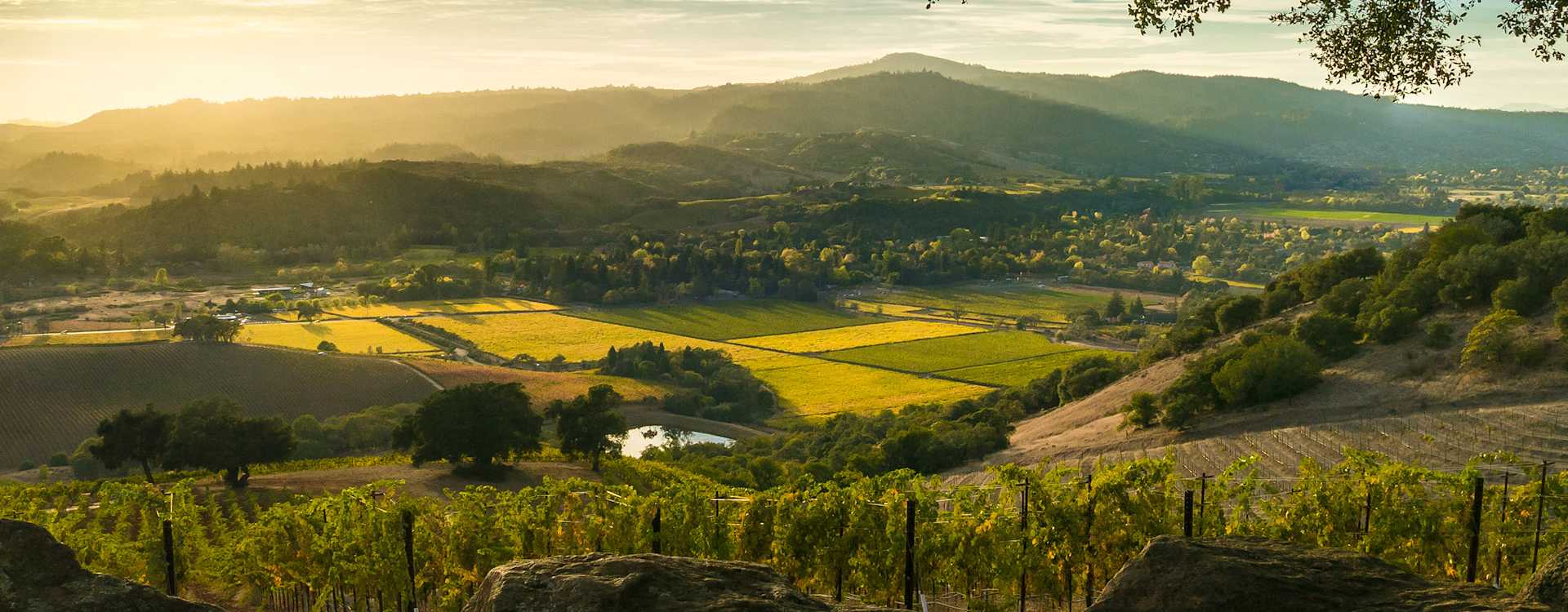Lioco Sonoma Chardonnay 2017
-
Wilfred
Wong -
Robert
Parker



Product Details
Your Rating
Somm Note
Winemaker Notes
Pair this with turmeric chicken wings, uni pasta or fish & chips.
Professional Ratings
-
Wilfred Wong of Wine.com
COMMENTARY: The 2017 Lioco Sonoma County Chardonnay is beautifully designed to please wine and food lovers. TASTING NOTES: This wine offers up-front, lovely fruit that stays bright from start to finish. Its aromas of dried peach, dried earth, and light chalk should pair well with Vietnamese fried chicken wings. (Tasted: August 19, 2019, San Francisco, CA)
-
Robert Parker's Wine Advocate
The 2017 Chardonnay Sonoma County was vinified in stainless steel to emulate a Mâcon Villages or Petit Chablis style. It has a fresh, bright nose of lime peel, Bosc pear, baker’s yeast, petrichor and hints of lemongrass with a core of white-stone fruits. Light to medium-bodied, it's clean, fresh and minerally in the mouth with juicy acidity and a refreshing finish. 6,000 cases produced.
Other Vintages
2022-
Wilfred
Wong
-
Wilfred
Wong
-
Wilfred
Wong
-
Wine &
Spirits
-
Wine &
Spirits





Lioco was conceived in the alley behind Spago Beverly Hills by wine director Kevin O’Connor and wine salesman Matt Licklider. The year was 2001 -- and the two colleagues, critical of the heavy-handed wines of the day, wondered if it were possible to make some local wines that favored nuance over sheer power. In 2005, relying on nothing more than their palates and their rolodexes, the two embarked on a winemaking odyssey. Europe was the inspiration, as were the more restrained California wines of the 1980’s.
Today, the winery is owned and operated by the Licklider family. Husband/wife duo Matt and Sara Licklider and their small team produce the wines at a state-of-the-art winemaking cooperative in Santa Rosa. All of the fruit is purchased from family-owned vineyards spanning 200-miles and three counties (Santa Cruz, Sonoma, and Mendocino).
The focus is on Chardonnay, Pinot Noir, and Carignan from sites with older vines, interesting soil, and heritage clones. Sometimes the hunt for Pinot Noir uncovers other treasures like a coastal Syrah vineyard or a rare, mid-century planting of Valdiguie. Room is made for such discoveries.

One of the most popular and versatile white wine grapes, Chardonnay offers a wide range of flavors and styles depending on where it is grown and how it is made. While it tends to flourish in most environments, Chardonnay from its Burgundian homeland produces some of the most remarkable and longest lived examples. California produces both oaky, buttery styles and leaner, European-inspired wines. Somm Secret—The Burgundian subregion of Chablis, while typically using older oak barrels, produces a bright style similar to the unoaked style. Anyone who doesn't like oaky Chardonnay would likely enjoy Chablis.

Home to a diverse array of smaller AVAs with varied microclimates and soil types, Sonoma County has something for every wine lover. Physically twice as large as Napa Valley, the region only produces about half the amount of wine but boasts both tremendous quality and variety. With its laid-back atmosphere and down-to-earth attitude, the wineries of Sonoma are appreciated by wine tourists for their friendliness and approachability. The entire county intends to become a 100% sustainable winegrowing region by 2019.
Sonoma County wines are produced with carefully selected grape varieties to reflect the best attributes of their sites—Dry Creek Valley’s consistent sunshine is ideal for Zinfandel, while the warm Alexander Valley is responsible for rich, voluptuous red wines like Cabernet Sauvignon. Chardonnay and Pinot Noir are important throughout the county, most notably in the cooler AVAs of Russian River, Sonoma Coast and Carneros. Sauvignon Blanc, Merlot and Syrah have also found a firm footing here.
